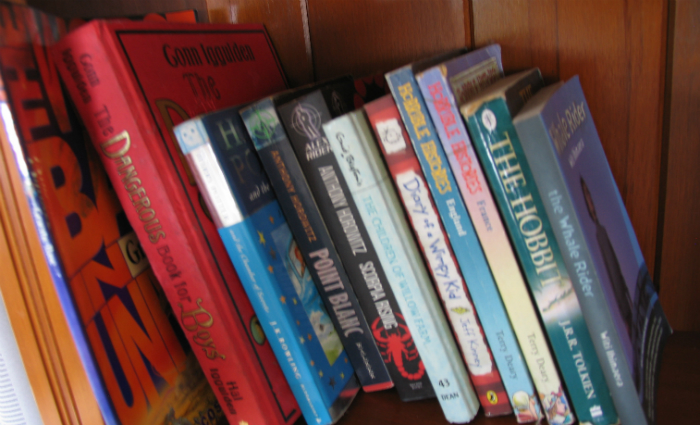A new study shows printed books work much better for childhood literacy development than e-books and electronic devices.
The study backs up recent figures from the book industry which shows children’s books features as the fastest growing sector in books, and can take some responsibilty for halting a decline in paper books.
The large scale research involving almost 1000 children was conducted by Margaret Merga, a lecturer at Murdoch University based in Perth. The journal articel, The influence of access to eReaders, computers and mobile phones on children’s book reading frequency, says reading in general was less when children were given access to more digital devices.
It says, “Regular recreational book reading is a practice that confers substantial educative benefit. However, not all book types may be equally beneficial, with paper book reading more strongly associated with literacy benefit than screen-based reading at this stage, and a paucity of research in this area.”
The research shows that children underutilised devices for recreational book reading, even when daily book readers. It also stated reading frequency lessened when children had access to mobile phones.
The study involved 997 children, analysing their access to devices with eReading capability, and their frequency of use of these devices in relation to their recreational book reading frequency.
Dr Leonie Rutherford, senior lecturer in writing and literature at Deakin University says this is a solid study with a robust sample size and well thought out methodology. She says, “I think eBooks are popular with some readers all of the time, and with many readers at least part of the time – they are found to be convenient when travelling, and the ability to search for them is a plus. I do not believe they will become more popular than currently – print books retain their appeal.
“Multipurpose devices like phones and tablets offer other affordances – they can be used to search, to play games, etc. So young readers often report more distractions with these high- interactivity devices than with dedicated eReaders such as Kindles.”
Last year, Rutherford conducted a study showing teenagers were still drawn to physical books despite a growth in digital reading products.


